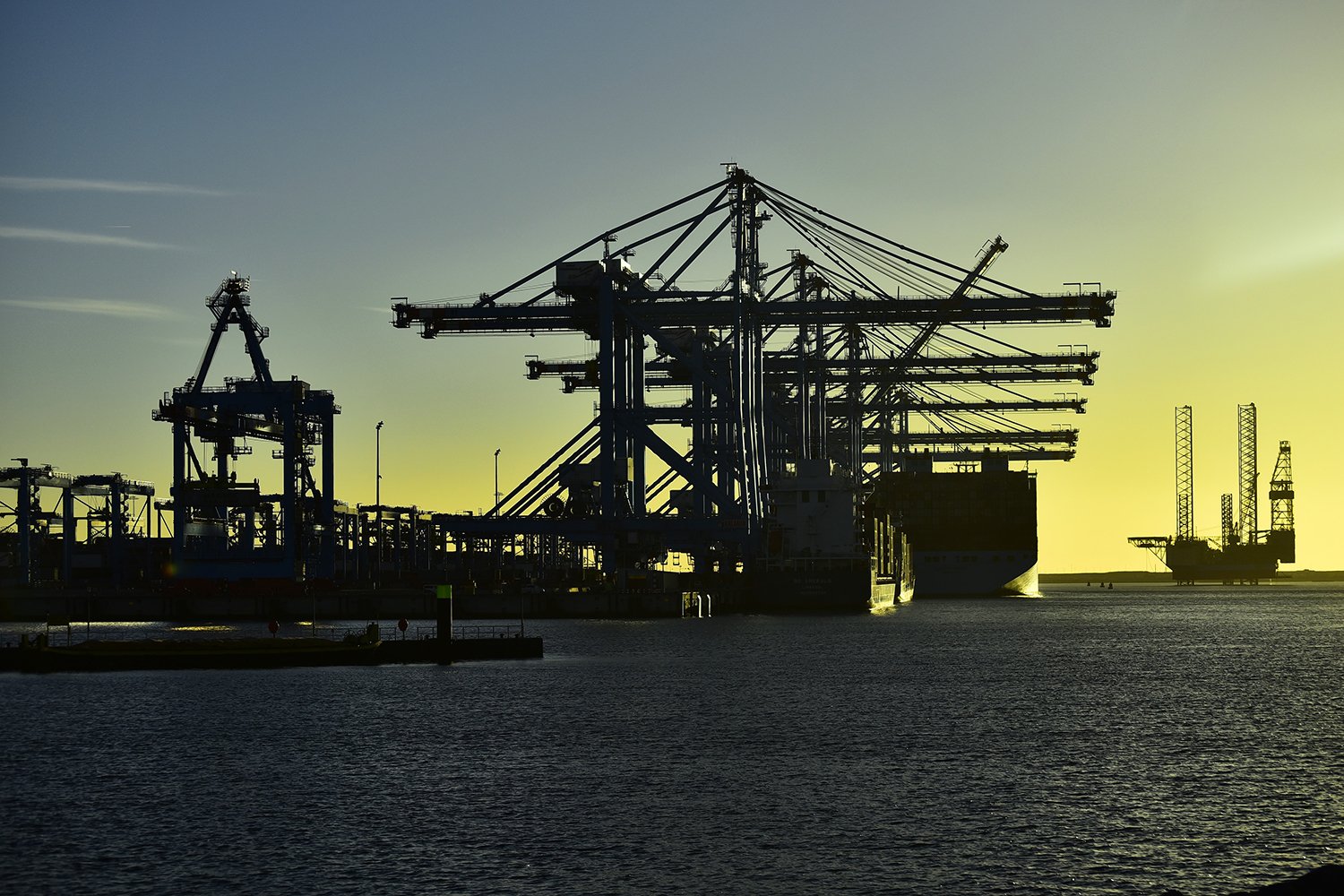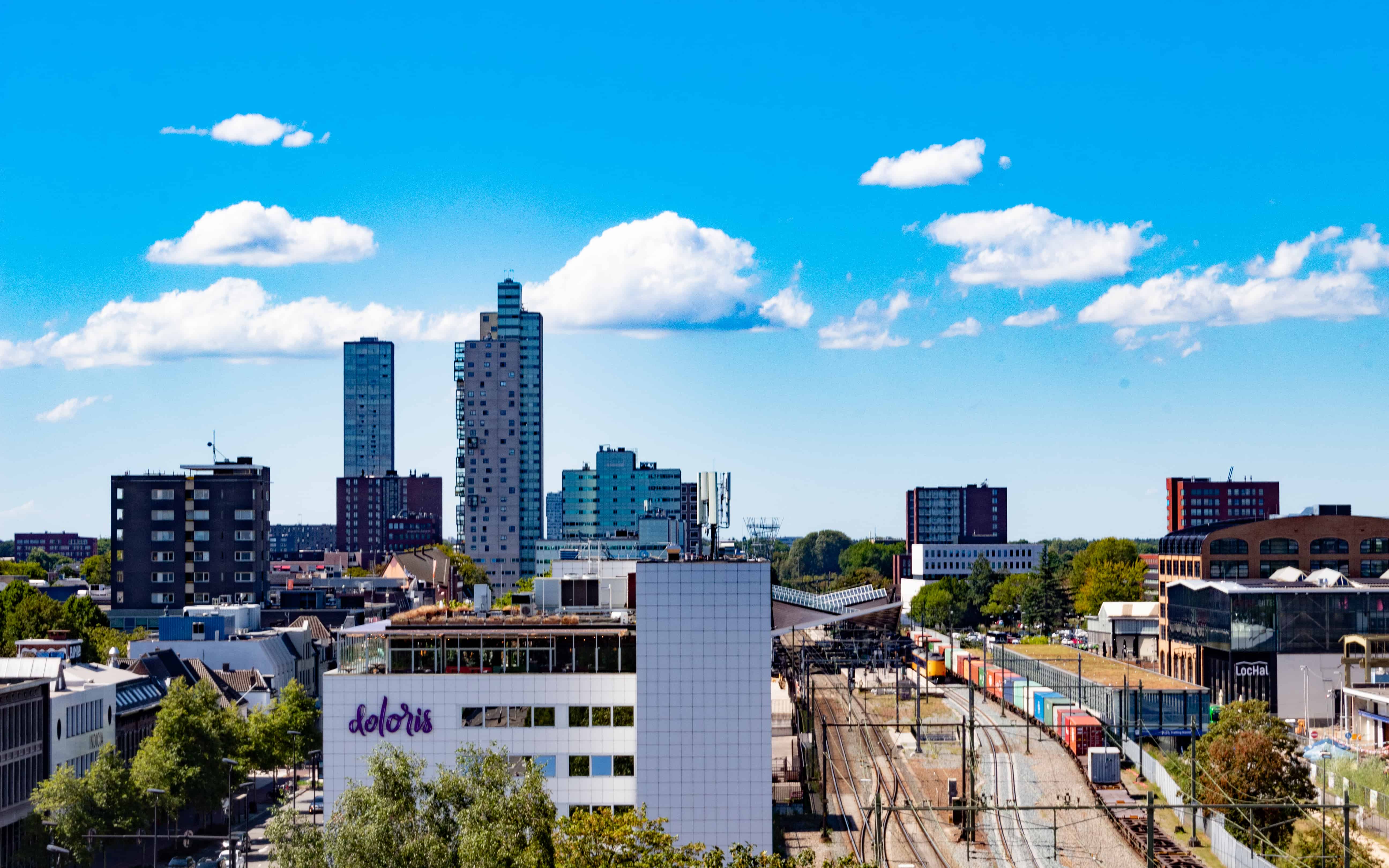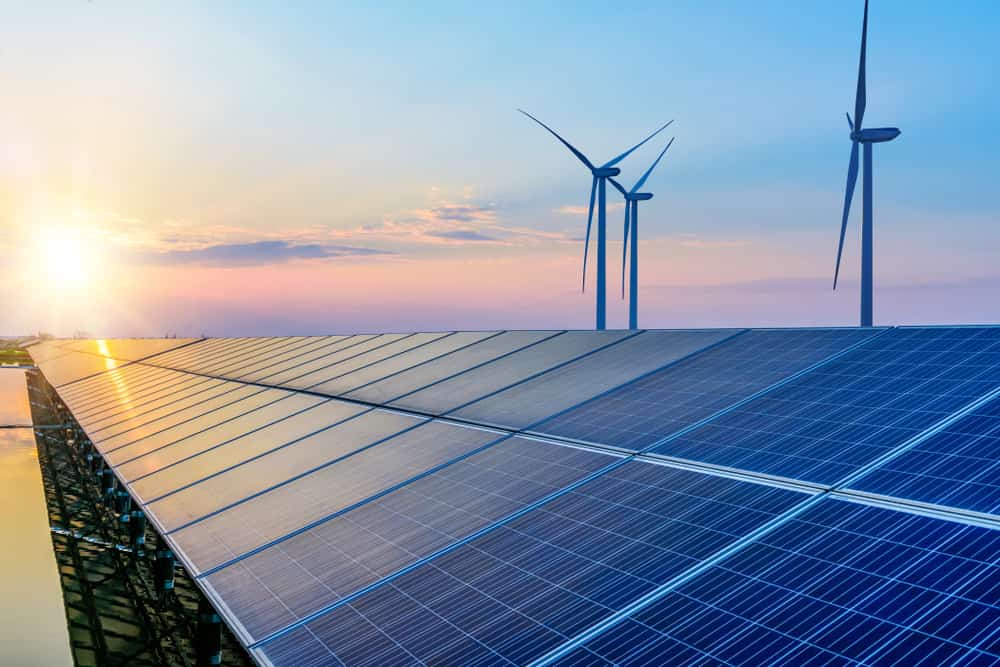
The Dutch government’s aspirations for hydrogen are lofty. The National Hydrogen Program reveals that the government is wholeheartedly committed to hydrogen as the energy system of the future. But where is our hydrogen society and economy faring? In the summer series ‘The Netherlands, Hydrogen Land’, we discuss the current state of affairs with technicians and scientists on themes surrounding the National Hydrogen Program. In this first episode: Industry and ports. Read the whole series here.
Dutch industry emits 55.1 megatonnes of CO2 per year. In 2030 industry, has to cut back a further 14.3 megatonnes of CO2 on top of the existing policy in order to comply with what has been stipulated in the Climate Agreement. A sustainable replacement for natural gas – currently the largest source of energy – is indispensable for this. The Netherlands National Water Partnership (NWP) has singled out hydrogen as a major substitute. Offshore wind farms also need to be built to generate electricity. Factories must be built too that convert steam into hydrogen gas. That resulting gas will need to be both distributed and stored.
“The industry wants to help pay for this and work on it, but is asking the Dutch government to step in for an investment of 2.5 billion euros over the next five years,” says Ad van Wijk, professor of Future Energy Systems at the Delft University of Technology and sustainable energy entrepreneur.
Het National Hydrogen Program
At the beginning of July, the National Hydrogen Program (NWP) was presented to the Secretary of State by the cross-sectoral working group hydrogen (CSWW). CSWW is a collaboration between 19 organizations. The program stems from the government’s Climate Agreement. The Cabinet’s vision for hydrogen includes the policy agenda that details the government’s commitment. The period up to and including 2021 is the preparatory phase for the actual scaling up and roll-out of hydrogen from 2022 onwards. The second phase of the NWP – in effect, the real start – will kick off on January 1, 2022.
Stepping it up a notch
Money is one of the more practical constraints preventing the realization of the aspirations set out in the NWP, says René Peters, Director of Gas Technology at the Netherlands Organization for Applied Scientific Research (TNO). He does not consider the 338 million that the central government reserved for hydrogen in the National Growth Fund this year to be high enough. “In the NWP, I’m mainly reading that there is still a lot to research and development to be done in the field of hydrogen. I also notice that the government is still reluctant to invest in its production on a large scale.”
Even Van Wijk believes that the national government needs to step up its game if it wants to maintain its leading role in the energy distribution system in Europe. He co-wrote the plan drawn up by the Dutch Hydrogen Coalition (an initiative of Greenpeace wherein 38 organizations and companies are affiliated) that was presented to the Dutch government this past March. With this plan, the coalition wants to give a boost to the construction of a hydrogen chain.
That countries such as Germany and France are investing billions in hydrogen is something that Van Wijk is well aware of. Whereas in the Netherlands, we are still in the exploratory phase and have not yet set a concrete budget aside. “That’s a real shame, because our location by the sea provides us with a lot of opportunities, both in terms of production and in the import of hydrogen.” Van Wijk thinks the Netherlands is being too short-sighted when it comes to forming a hydrogen policy. A Hydrogen Council has been set up in Germany, for instance. Van Wijk was invited to Germany to share his vision, but he has not yet met up with Dutch policymakers.
Focus on import, not production
The first concrete ambition in the NWP for industry and ports is to scale up to producing three to four gigawatts of electrolysis by 2030. A realistic goal, according to Peters: ” Plans are in place at Gasunie, Tata Steel, Shell, BP and the Port of Rotterdam. The NortH2 project alone is aiming for three to four gigawatts of electrolysis capacity in 2030. This is where I come back to my first point.”
“The prerequisite is that the industry is given enough financial support by the government for projects that are in the pipeline.” Van Wijk remarks here that the government should focus more on imports. In his view, the problem lies in our old mindset: We want to control our own energy supply as much as possible. “The result is that we are producing far too expensively, even though we don’t have enough scope to meet demand.”
International legislation
The ports in the Netherlands have meanwhile developed their own vision. For instance, the Port of Rotterdam wants to import 18 million tonnes of hydrogen by 2050. This is not really a choice, because the demand for oil from Germany is falling rapidly. As a solution, Van Wijk cites intensified cooperation with the Port of Oman, which the Port of Rotterdam already owns half of. “You can harness solar energy cheaply there, convert it into hydrogen and have it brought here by ship. That’s what the Belgians do, that’s what the Germans do as well. And the Netherlands is sitting on the fence and wait a little bit longer to see when that boat with hydrogen is due to dock.”
This is where the second practical constraint comes in: International legislation is failing short. The legislation surrounding new types of gases such as hydrogen and biogas is still too unclear is the conclusion of the industry subgroup that assessed the NWP. In addition to Dutch regulations, the industry is also reliant on European frameworks. For example, according to the RED2 (the European Renewable Energy Directive 2), blue hydrogen is not yet being honored. Peters believes that the government’s reluctance is partly attributable to the criticism it received from Brussels when they wanted to subsidize green hydrogen production. “That was not allowed as it was seen in Brussels as an over-subsidization for green hydrogen production,” he explains.
And the Netherlands is sitting on the fence and wait a little bit longer to see when that boat with hydrogen is due to dock.” Dik van Wijk
Reducing the cost of electrolysis
Hydrogen is currently an expensive alternative to existing raw materials and fuels. Consequently, the NWP’s second aspiration for industry and ports is to reduce the cost of electrolysis by 65 percent before 2030. “A piece of cake,” says van Wijk. According to him, the focus should not be on the expense of electrolysis, but on the cost of energy. “The cost of electrolysis is at most fifty euro cents per kilogram of hydrogen. It is the energy – offshore wind, for example – that makes hydrogen so expensive. Therefore, it makes a lot more sense if you bring the cost of offshore wind down from 5 cents/kWh to 2 to 3 cents/kWh.”
Blue hydrogen
The final goal the NWP has set for the industrial sector is a role for blue hydrogen in the energy transition. Hydrogen and industry experts think this is a great idea. That way, we create more time to switch the infrastructure over from natural gas to hydrogen, and companies will have enough supplies to switch over their production processes to hydrogen as well. “Green hydrogen is not yet being produced on a large scale and is twice as expensive as blue hydrogen. As long as there is no solution to that, a role for blue hydrogen is the only alternative,” Van Wijk concludes.
As long as electricity is not being generated in a fully sustainable way, then grey electrons are still being used to make green hydrogen, so there is not much, if any, net gain in CO2 emissions.” René Peters
Yet it is also a thorny topic, given that environmentalists consider it a dangerous option and fear a lock-in effect. Peters counters this by saying that the application of blue hydrogen leads directly to a reduction in CO2 emissions owing to the storage in empty gas fields. “As long as electricity is not being generated in a fully sustainable way, then grey electrons are still being used to make green hydrogen, so there is not much, if any, net gain in CO2 emissions.”
A lesson in hydrogen colors
Grey hydrogen: its production is via ‘Steam Methane Reforming’, here high pressure steam (H2O) reacts with natural gas (CH4) which yields hydrogen and the greenhouse gas CO2.
Blue hydrogen: when the CO2 released in the process of producing grey hydrogen is mostly captured and stored ( 80-90 percent).
Green hydrogen: also called renewable hydrogen, hydrogen produced with renewable energy, sources by separating water using electrolysis into hydrogen and oxygen..
Also interesting: Generating solar hydrogen even at the South Pole or in Alaska







